Discovery of the Carnival of Venice: its history, its costumes, the city of Venice...
Who is it behind this mask? Why wear a mask? These are a few questions that we ask during the ten days before the Wednesday of the Cendres, when Venice drapes his mysterious veil and welcomes the Carnevale di Venezia , the most elegant carnival in the world. The costumes of the 18th century spring into a show that transports visitors to an era of opulence. Today, about 3 million people travel to Venice every year for Carnevale . The party takes place for ten days. While some events are very popular and expensive such as the Venice Bal, others are free as the parade of candle boats, and concerts and street shows. Tour d’horizon de ce carnival !
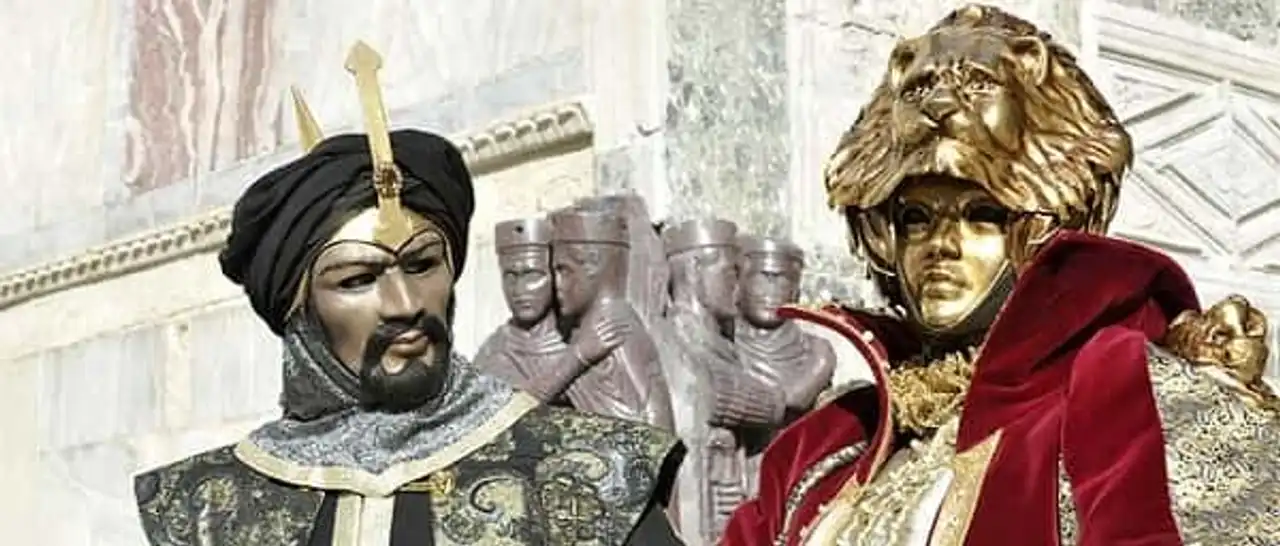
Flickr – Incursion Voyages
Origins and History of the Carnival of Venice
The original carnival took place in 1162 to honor one of the victorious battles of Venice while the city still bore the name “ Repubblica della Serenissima ". It took more than a hundred years before the city’s leaders proclaimed the carnival as an official event. Then it grows until its peak in the 18th century, when Venice was known to be the pleasure capital of Europe, setting out the tastes of the famous hedonist Casanova. But the days of glory of the carnival collapsed when Napoleon invaded Venice in 1797. He stopped the success and activity of the carnival for nearly 200 years. It was only in 1979 that the city of Venice brought this feast of ancient times to stimulate tourism. In fact, this small historical summary is what distinguishes this carnival from other famous festivals like those of the Rio Carnival or Salvador , or New Orleans .
To better understand the carnival, you need to understand the importance of maschera (masks). The mask allowed citizens to behave in an extravagant way and to display their alter ego without fear of social consequences. This physical transformation allowed a judgment of character of the person purely based on the mask and costumes rather than its role in society. Historically, the Venetians were allowed to wear masks from the Saint Etienne (26 December) to the “ Mardi Gras” (always between 3 February and 9 March), although at some times the masks were completely forbidden because of the “collective madness” that was associated with them. ♪ mascherari (professional mask makers) have prestigious roles in society, with statues in their honour dating from 1436.
The masks allow members of all classes of society to party together under the sign of anonymity. mascarade Italian (mask meeting) has several typical masks. The Bauta is the most common and covers the upper part of the face, nose and cheeks, while allowing the user to eat, drink and speak freely. The Bauta was used both for carnival and daily life. Moretta masks are from France. Moretta means "black" and represents the mystery, a common theme during these ten days. It is feminine and covers the face with delicate curves. The Volto (Italian for “face”) or Larve (latin for “ghost”) are the simplest “ghost masks” covering the whole face of white decorated and accompanied by a coat. The most scary of the lot is the Medico della Peste or the peste doctor. A long crochu nose, which goes with a coat and white gloves. This was thought to protect itself from the plague epidemic in the 17th century.
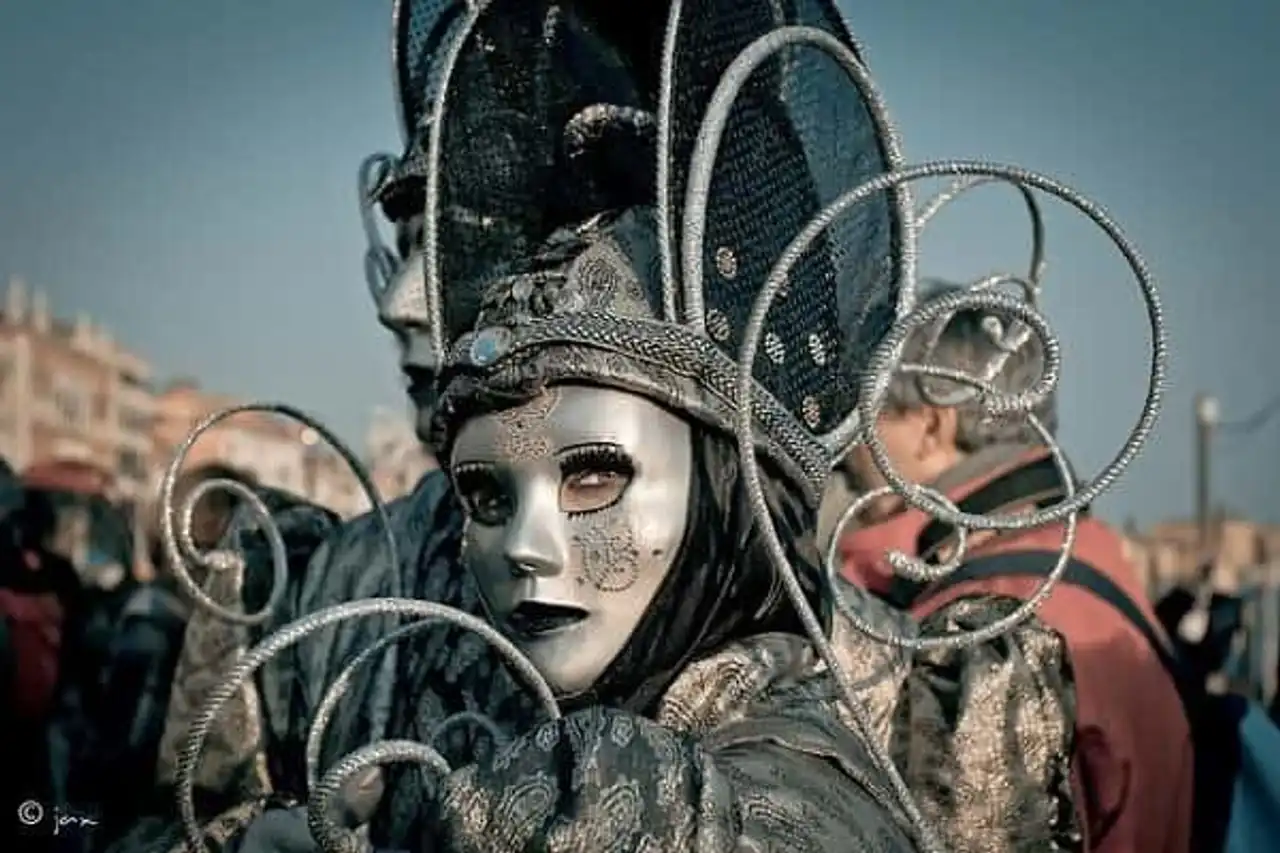
Flickr – j/\x80
Events, balls, and shows for more than a week
The festival begins ten days before the Ash Wednesday or, as in most carnivals, the time to feast before the Lent fast. Unlike the Rio Carnival or the Mardi Gras of New Orleans, everything takes place differently. The location alone gives the tone. If you can afford it, one of the carnival balls will leave you an unforgettable memory both in your memory and in your wallet with prices up to 2000 euros for a single evening.
The most followed event is the official opening of the Carnival on Place Saint-Marc, which is the heart of most celebrations. Don’t miss “Le Vol de l’Ange”, which begins at noon and pays tribute to the 16th century Turkish acrobats that seduced the crowds with their balancing tricks. Nowadays, an angel flies on a steel cable above the costumed crowd and under the music of Vivaldi. The square is full of costumed people of all colors. After the launch of the festivities, the crowd disperses in alleys and canals to walk and gondola.
The theatre is an essential element of the Carnival of Venice, from street shows to performances at the Gran Teatro de la Place Saint-Marc. The Grand Theatre offers 12-hour shows per day with daily costume competitions, musical and theatrical performances. Each year, a new theme governs the shows of the year. In 2014 it will be the theme of fable, forest, and fantastic. The Teatro Goldoni, Malibran and The Fenice are classic places to see shows.
Don't miss the candle parade on the canals on Mardi Gras. Chaloupes, gondolas and other boats, all lit by a candle, offer a romantic and unreal spectacle. Being a "fat" Tuesday, many parties are celebrating, especially tonight.
The 10 days of the festival end at the Notte de la Taranta (night of the tarentula) where an artifice fire is fired, which officially marks the end of the Carnival.
When will the next Carnival of Venice take place?
The Carnival of Venice always starts ten days before the Ash Wednesday and always ends on the day of Mardi Gras. Here are the dates of the Carnival of Venice for the coming years:
- Carnival of Venice 2019: from Saturday 23 February to Tuesday 5 March 2019
- Carnival of Venice 2020: from Saturday 15 to Tuesday 25 February 2020
- Carnival of Venice 2021: from Saturday 06 to Tuesday 16 February 2021.
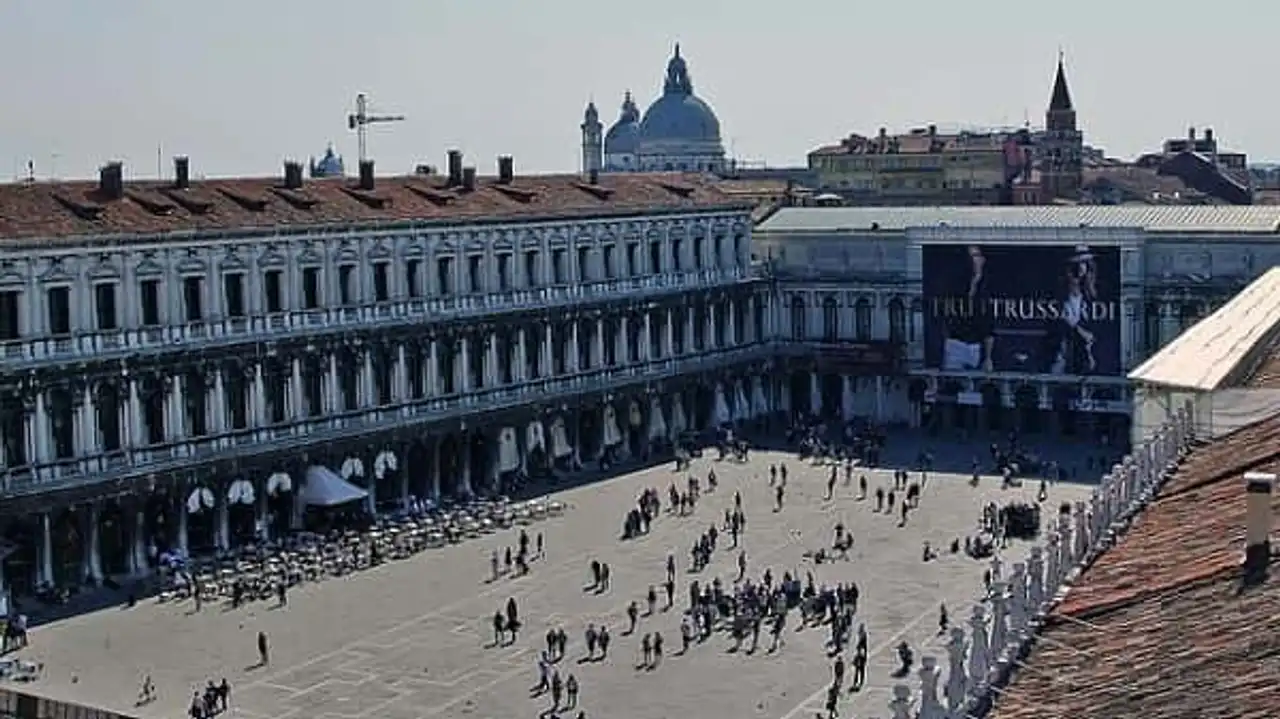
Flickr – Steluma
Where to get a mask?
To really enjoy and appreciate the spirit Carnevale you will need a mask. The best thing is to get him delivered in advance. Here are some addresses on site to be able to buy a mask:
- Benor Maschere Venice (Santa Croce): Hides behind Campo San Giacomo dell’Orio, this boutique of artisanal masks has a superb collection, everything is made in the workshop. Address: S. Croce 1109.
- Ca’ Macana (Dorsoduro): This Venetian mask shop, located right next to Camp San Barnaba, has an unmatched choice of masks for carnival. Even better, they are handmade in the workshop, and you can admire them. Address: Dorsoduro 3172.
- Ca ‘del Sol Maschere (San Marco): Artisans making Venetian masks at this shop a 5-minute walk from Saint Mark's Basilica. Costumes are on sale here, too. Address: Castello 4964.
- Il Canovaccio (Castello): the craftsmen here create masks and mâché paper objects for the theatre. Address: Castello 5369.
How to get to Venice for Carnival?
There are cheap flights from many French cities to Venice. Find cheap flights on our partner's website Skyscanner .
Where to stay for the Carnival of Venice?
Each island of Venice is a different neighbourhood and each neighbourhood has assets to develop. Loger in Venice therefore involves choosing the first place best area to sleep in Venice . To find the best hotels at the best prices, do not hesitate to check out our Compare hotels .
Additional information for the Carnival of Venice
Visit the official site of the Carnival (English and Italian only).




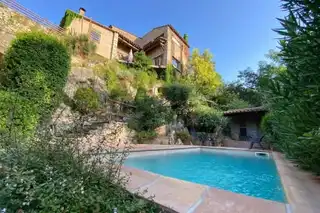
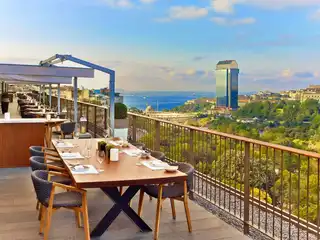
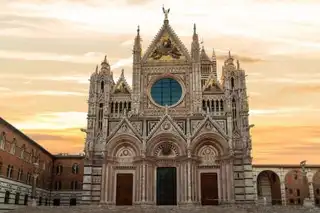
Loading comments ...